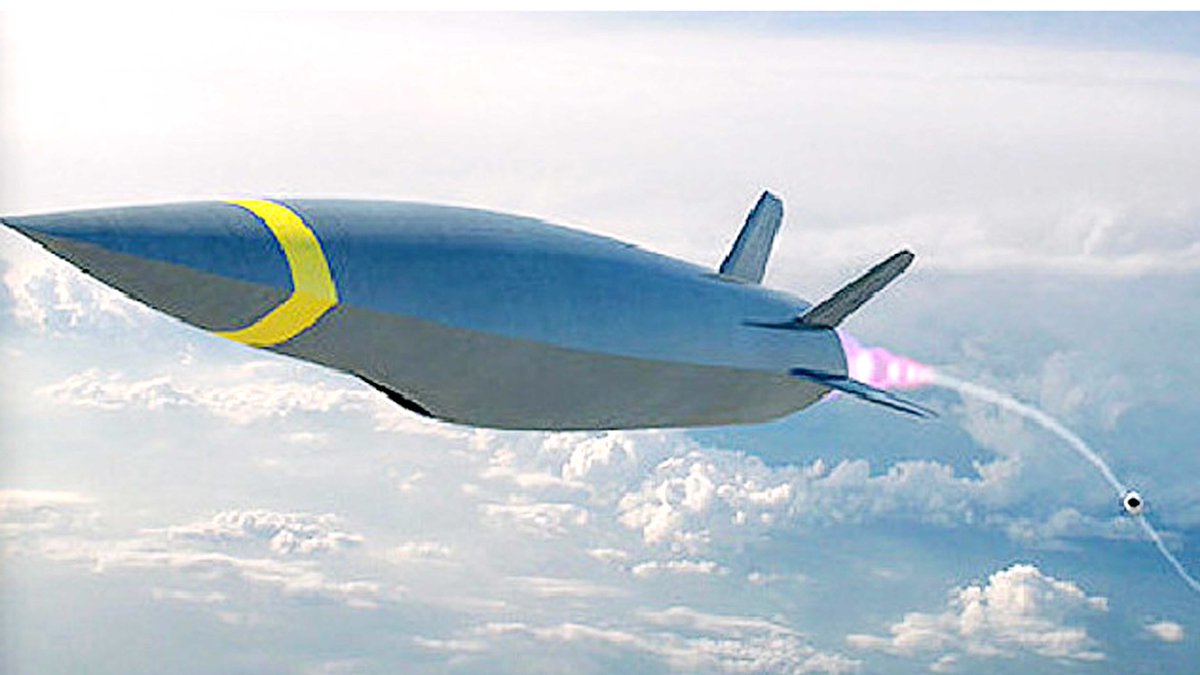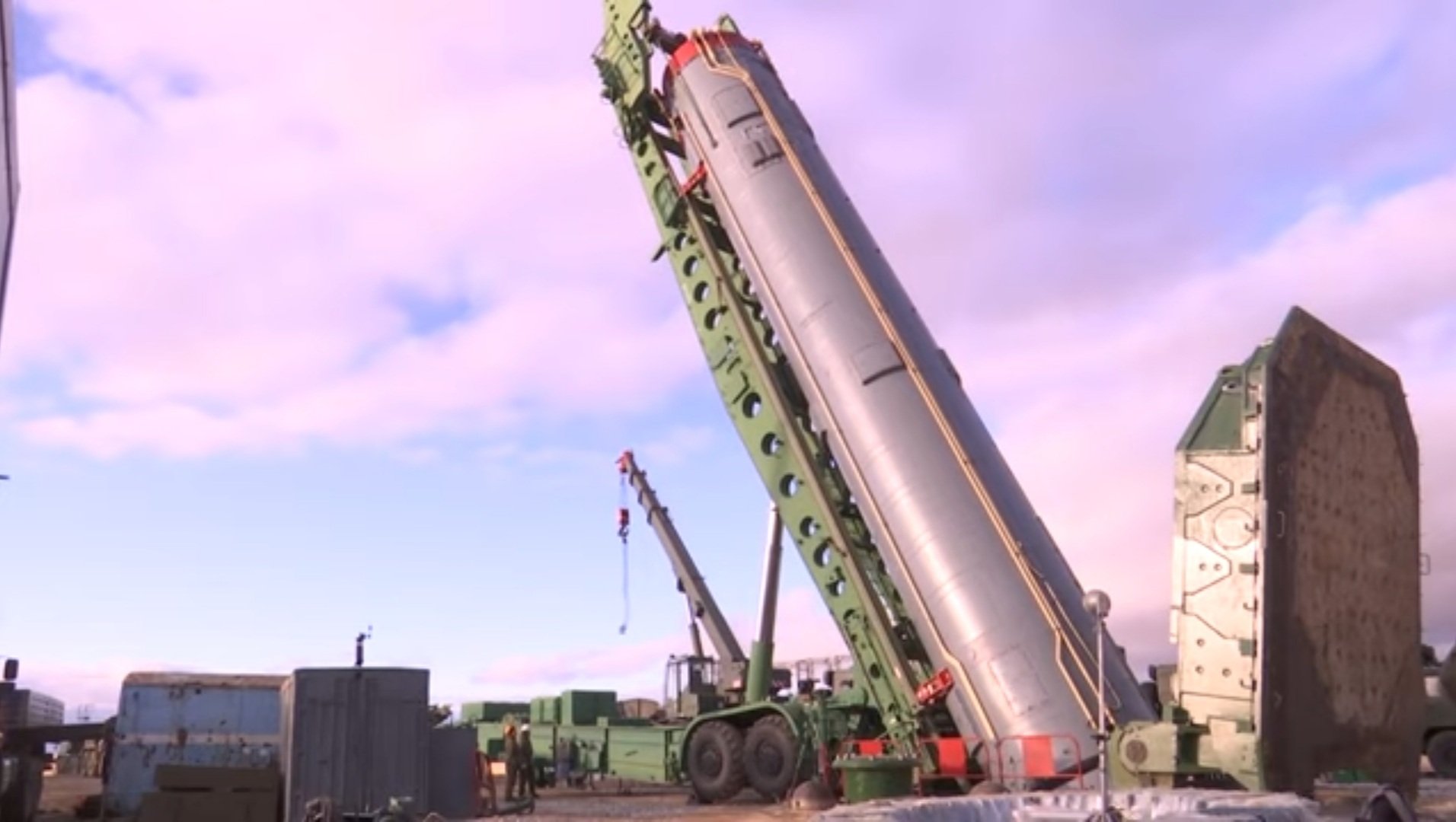Japan has been constantly looking to upgrade its defense systems as it faces threats of potential invasion of the Senkaku Islands in the East China Sea, which the Chinese claim as their territory.
F-35 Jets: After Turkey, Will US Deprive Another Key Ally Of Powerful Stealth Fighters Over Ties With Russia?
Japan is developing an anti-ship missile with a warhead “capable of penetrating into the decks of Chinese aircraft carriers”.
It is a “hypervelocity gliding projectile” (HVGP) with anti-ship capabilities for deployment in the remote island bases in the fiscal year 2026, Mainichi, a Japanese national daily reported.
According to The National Interest, “the Japanese weapon’s designation is something of a misnomer. In US parlance, a guided missile traveling faster than five times the speed of sound is a ‘hypersonic’ weapon. The Americans reserve the ‘hypervelocity’ designation for fast, unguided cannon shells”.
Even so, Tokyo aims that its HVGP is capable of defeating the Chinese military forces. “The 2026 model is for targeting a potential enemy invading Japan’s remote island”, Mainichi reported.
“In the second stage, an upgraded type will be developed for possible installation in fiscal 2028 or later, featuring claw-shaped payloads, enhanced speeds, and firing ranges and more complex trajectories”, the report added.
Another advancement in the gliding missile would include the addition of a payload, which can penetrate the decks of Chinese aircraft carriers.

The HVGP is launched from a mobile ground launcher. Once it reaches a certain altitude, the glider separates from the booster and then glides at high altitudes at supersonic speeds while being guided by both satellites and an inertial navigation system (INS). It then flies to the target point. The target is attacked from directly above at a 90-degree dive.
When the HVGP is separated from the booster, the warhead’s Radar Cross-Section (RCS) becomes extremely small, making it difficult to detect with radar.
Powered By Stealth F-35 & F-16 Viper Jets, US Encircling China With ‘Biggest Fleet’ Of Advanced Aircraft
In addition, it will fly at high altitudes at supersonic speeds while following unpredictable trajectories, including high dives, thereby shortening the reaction time and making it difficult for enemy air defense systems to intercept.
The development of this anti-ship missile is Japan’s direct response to China’s “year-long campaign of maritime land-grabs and fortress-construction in the South and East China Seas”.
“Chinese government vessels have been frequently spotted navigating in contiguous zones near the Senkaku Islands and intruding into Japanese territorial waters”, Mainichi said in its report.

The existing land-based weaponry of the Japanese military lacks the required range for striking Chinese outposts from Japanese soil.
The report said while the main island of Okinawa and the Senkakus are about 420 kilometers apart, the Japanese army’s current missile range is set at just over a hundred kilometers.
The introduction of longer-range gliding missiles to protect the Nansei Islands would make it possible for Japan to respond to China’s activities without deploying the Maritime Self-Defence Force’s vessels and aircraft, the Mainichi report noted.
Japan’s Defence Ministry set aside $170 million for the research and development of the HVGP in the 2018 and 2019 budgets. It had further planned to add another $230 million in the fiscal year 2020.
The Hypersonic Race
Countries like Russia and China are heavily investing in their hypersonic weapons. In 2019, Russia claimed to have deployed the Avangard surface-to-surface hypersonic missile. It has two more lethal hypersonic missiles — Kinzhal (meaning dagger) and Tsirkon (Zircon).
In the past, two MiG-31K aircraft loaded with carrying Kinzhal hypersonic missiles were deployed to Syria for the first time as part of joint military drills, the Russian defense ministry had stated.
No Retreat! Why Both India & China ‘Simply Refuse’ To Retire Their Vintage MiG-21 & J-7 Fighter Jets?
On July 19, the Russian Admiral Gorshkov frigate had successfully test-fired the Tsirkon (Zircon) hypersonic missile against a surface target at the range of over 350 km and the flight speed reached 7 Mach, the Russian Defence Ministry was quoted as by RIA Novosti.
Similarly, China has tested hypersonic missiles- the DF-17 which made its first public appearance during the 70th anniversary of the founding of the People’s Republic of China in October 2019.

The second missile, Xingkong-2, is different from the DF-17. Designed by the China Academy of Aerospace Aerodynamics under the China Aerospace Science and Technology Corporation, the Xingkong-2 was successfully tested at a target range in Northwest China in August 2018.
The DF-17 is said to be a glide-boost vehicle, but it is not known what type the Xingkong-2 might be.
The US seems to be lagging in its hypersonic missile technology. Last month, the US Air Force’s second attempt to conduct the flight test of a hypersonic weapon proved to be a dud. The two successive failures perhaps explain why the US military is lagging in harnessing hypersonic technology while its arch-rival Russia has zoomed past.
- Written by Kashish Tandon/EurAsian Times Desk
- Follow EurAsian Times on Google News




